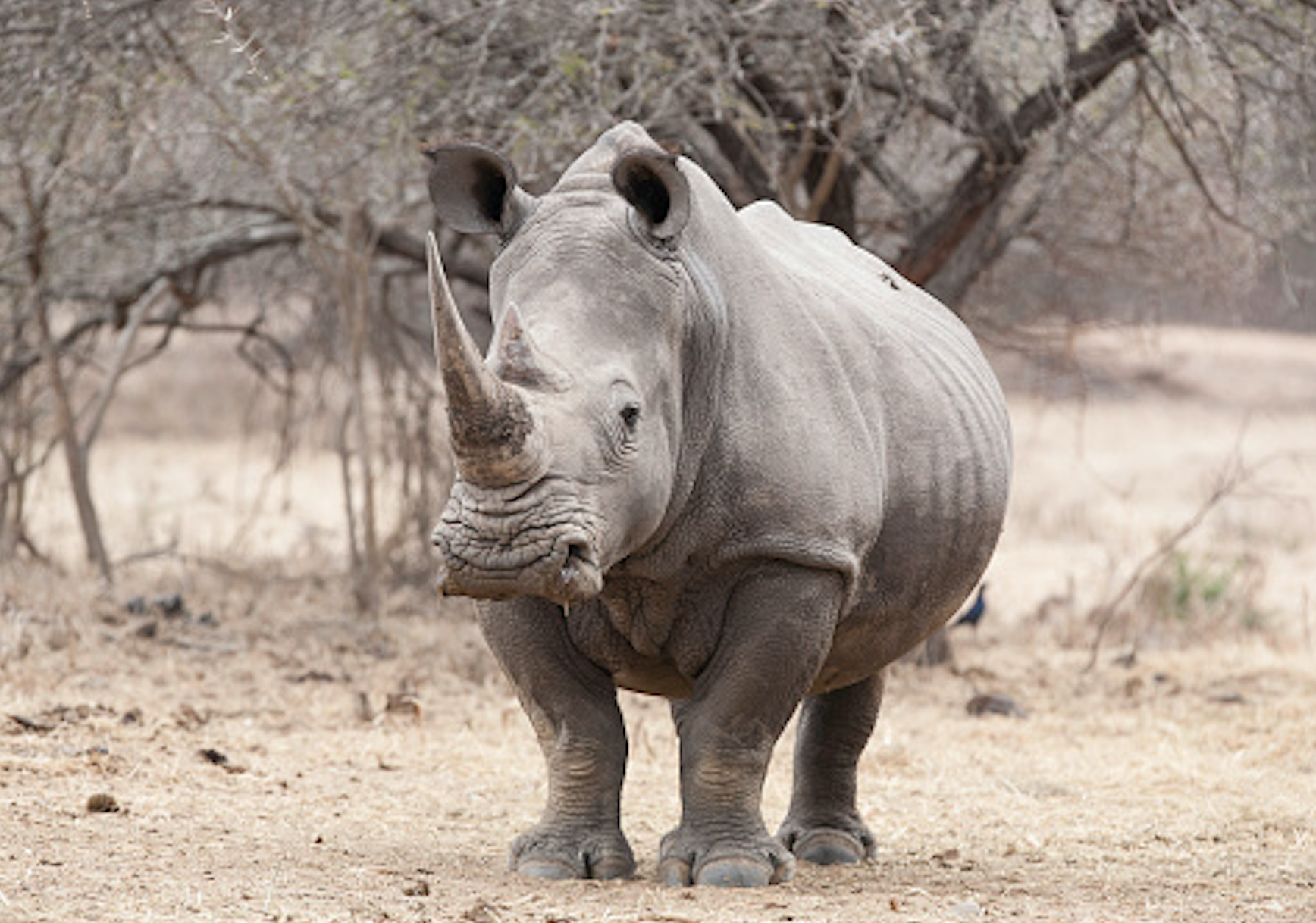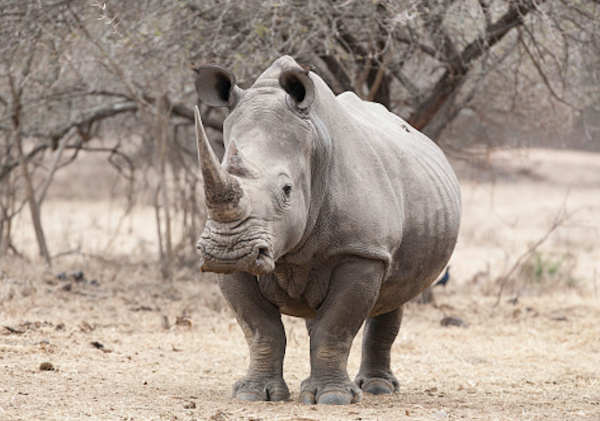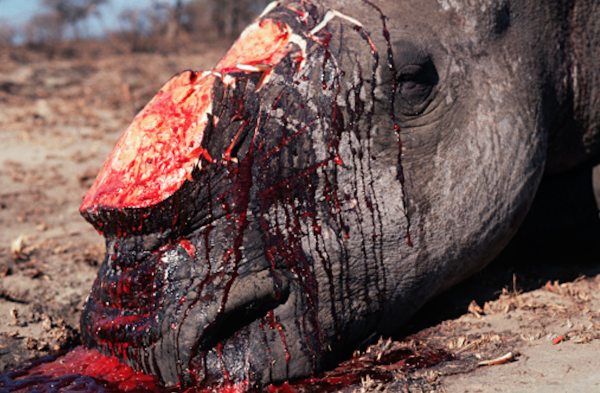KID REPORTERS’ NOTEBOOK
The Threat to Rhinos


Rhinos, which play an outsize role in their ecosystems, are now critically endangered.
Rhinos still exist, but maybe not for long. According to Save the Rhino, an international nonprofit based in the United Kingdom, the rhinoceros population worldwide hovers around 28,000. There are five rhino species: three in Asia and two in Africa. The number of rhinos in Asia has risen considerably in the past few decades, thanks to conservation efforts. But two of the rhino species have fewer than 80 animals remaining.
Dr. Vu Hoai Nam Dang is an expert in the consumer behavior of Asians at the University of Copenhagen in Denmark. He recently told me that the demand for rhino horns is a big problem, especially in China and Vietnam, where I live. Gathering information on who is purchasing the horns can be difficult. “The item is banned,” he said, “so data is hard to collect.”
Asian rhino horns can cost up to $400,000. African rhino horns typically sell for around $65,000. “There are more African rhinos than Asian rhinos,” Dang explained. “That makes the rarer one more expensive. People hunt them more.”

This white rhino was killed by poachers (illegal hunters) for its horn.
THE CRUEL PRACTICE OF POACHING
Some buyers believe that rhino horns can cure cancer and other diseases, including COVID-19, the infectious disease caused by the coronavirus. There is no evidence for these beliefs. In China, the horns are considered a status symbol. They are frequently used in the decorative arts, as cups, bowls, and other household objects.
The cruel practice of poaching, illegally killing rhinos for their horns, has pushed the animals to the brink of extinction. With low populations and birth rates, but a high death rate, rhinos are now critically endangered, according to the International Union for Conservation of Nature.
One way to save rhinos, conservationists say, is to legalize the sale of rhino horns. According to Dang, this could limit the number of rhinos that are poached, but the problem would still exist.
“Selling horns by cutting them from living rhinos is only legal in South Africa,” he said. “It’s still illegal in other countries. If the legal supply of wild rhino horns is not high enough, [consumers] will likely buy poached or stolen horns from illegal suppliers.”

Rhinos wallow in mud puddles, which helps keep water sources open for other animals.
A “KEYSTONE SPECIES”
Why is it so important to save rhinos? The animals, which have been around for millions of years, are known as a “keystone species.” This means they play an outsize role in their ecosystem, helping other animals thrive.
In Africa, for example, rhinos eat large amounts of vegetation, which helps maintain diverse grass and woodlands for other animals. Rhinos also wallow in mud puddles. This helps keep water sources open for other animals, protecting them from predators.
Dang and others are continuing to study the behavior of rhino horn hunters and buyers to determine how best to save rhinos from extinction.
